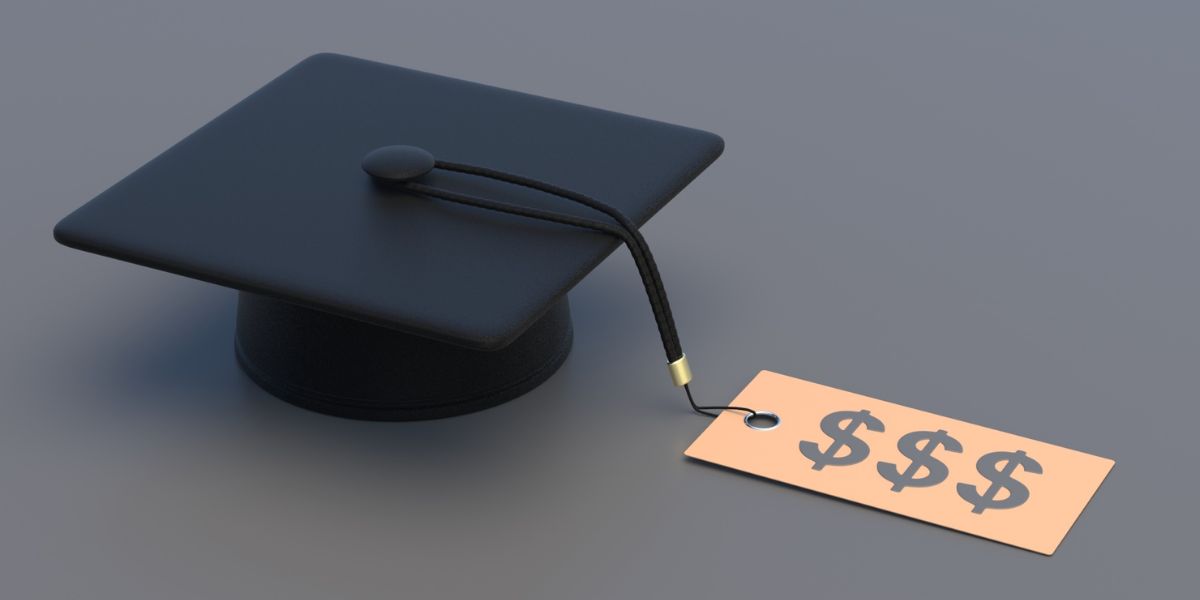There is bad news for those still saddled with student loan debt. On Thursday, the 8th Circuit Court of Appeals ruled that the SAVE plan, which aims to reduce borrowers’ monthly payments and provide a shorter timeline for loan forgiveness, cannot be implemented while the legal proceedings continue, which means that a significant repayment plan for millions of student loan borrowers has once again been obstructed.
Despite President Biden’s efforts to make the plan more palatable for the courts, this decision is the latest in a series of legal challenges against the plan the previous one occurred when, earlier this year, two separate groups of GOP state attorneys general filed lawsuits to block the SAVE plan. At the end of June, two federal courts issued preliminary injunctions against the plan, however, a few days later, the 8th Circuit Court of Appeals granted the Biden administration’s request to stay one of these rulings. This allowed provisions, including cheaper payments, that were set to go into effect in July to proceed.
The 8th Circuit’s ruling on Thursday blocked all provisions of SAVE with a one-sentence ruling: “Appellants’ emergency motion for an administrative stay prohibiting the appellees from implementing or acting pursuant to the Final Rule until this Court rules on the appellants’ motion for an injunction pending appeal is granted.”
The government’s response to the Student Loan Debt block
But the responsible lawmakers are not backing down just yet. A spokesperson for the Department of Education told Business Insider, “we are assessing the impacts of this ruling and will be in touch directly with borrowers with any impacts that affect them.

Our Administration will continue to aggressively defend the SAVE Plan – which has been helping over 8 million borrowers access lower monthly payments, including 4.5 million borrowers who have had a zero-dollar payment each month. And, we won’t stop fighting against Republican elected officials’ efforts to raise costs on millions of their own constituents’ student loan payments.”
SEE MORE –
New Proposal: California Contemplates $150K Home Loans for Undocumented Residents
The ruling was a response to the lawsuit led by Missouri’s attorney general. Kansas is leading another lawsuit to block SAVE, which it has requested the Supreme Court take on, though SCOTUS has not yet decided whether it will.
The Department of Education recently responded to the Supreme Court, detailing the steps it and borrowers would need to take if the SAVE plan is blocked. Solicitor General Elizabeth Prelogar wrote that if the plan cannot be executed, the department must place borrowers on forbearance while recalculating new payments. “Many have already received bills that reflect the decrease in monthly payments to 5% of their discretionary income. Many would experience intense confusion when they are told that their payments must be recalculated and that they must be placed in forbearance — which would delay any eventual loan forgiveness.”
The real problem now lies with the conflicting rulings that have been given on the matter. These conflicting rulings have already led to payment delays and confusion among borrowers. After the 10th Circuit allowed the June provisions of SAVE to move forward, the Department of Education directed servicers to start processing the new, lower payments for borrowers. At that time, the department also clarified that due to the lawsuits, payments would not be due until July or August.
Now, with the latest ruling from the 8th Circuit, this timeline is uncertain again. Borrowers are left in a state of confusion regarding the status of their payments and the fate of their SAVE benefits now that the plan is blocked. The legal tug-of-war continues to disrupt the lives of those counting on the relief promised by the SAVE plan, leaving them waiting for further clarity and resolution.

